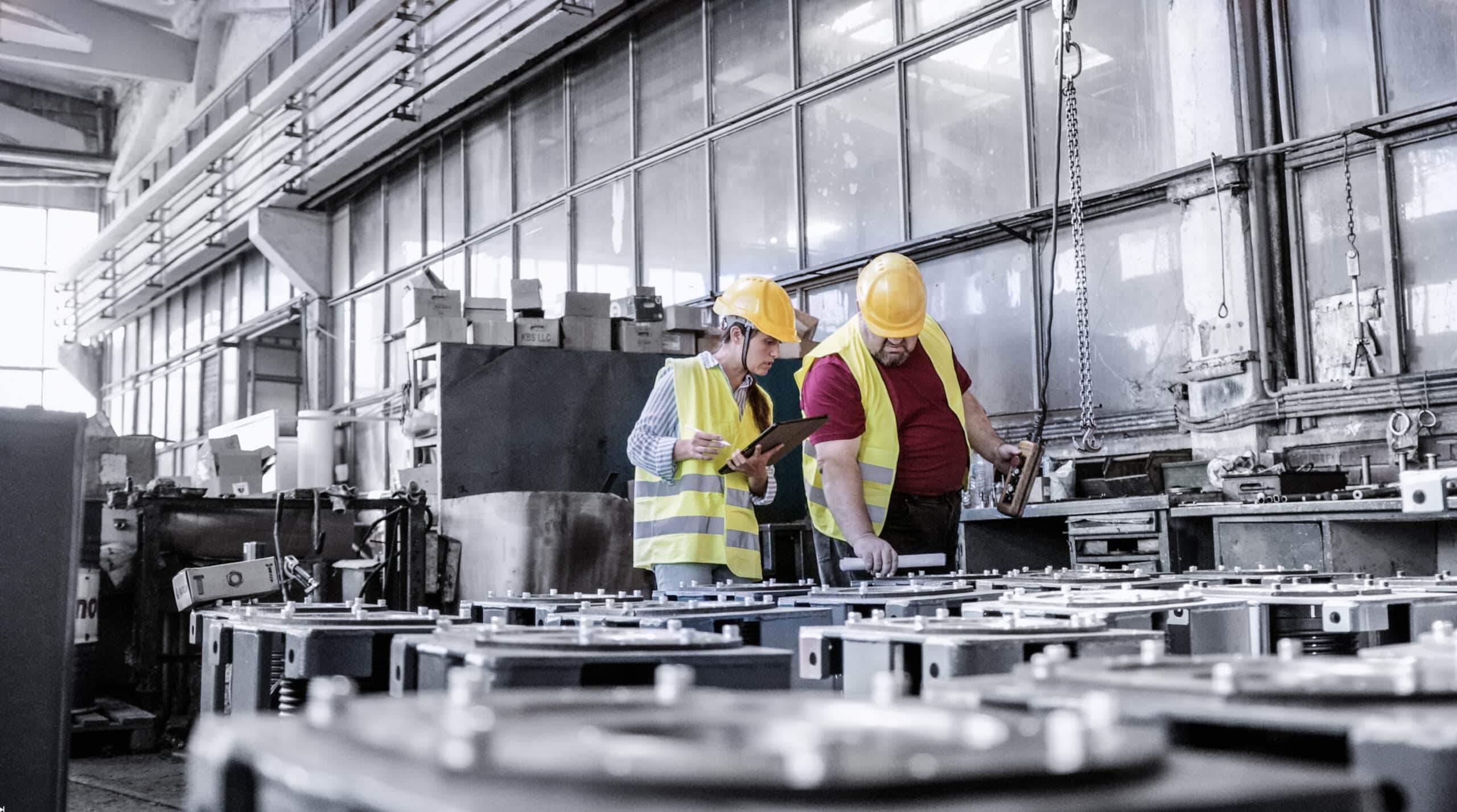
What Does an Electro-Mechanical Assembler Do?
In the world of manufacturing, countless components must come together precisely to create reliable machinery, appliances, and even some of the most complex technologies. Enter the electro-mechanical assembler—a professional specializing in assembling both electrical and mechanical components that help power and operate various machines and devices. If you’re considering a manufacturing career in electromechanical assembly, this blog will give you an in-depth look at the job description, responsibilities, and the types of skills that can help you thrive in this role.
What is Electro-Mechanical Assembly?
Electrical / Mechanical Assembly combines two essential fields: electrical and mechanical engineering. Professionals in this role work with both wiring and physical components to assemble devices, machinery, and equipment that meet precise specifications. From industrial equipment to consumer electronics, many industries rely on electromechanical assemblers to ensure products are assembled accurately, efficiently, and safely.
Electromechanical assembly often involves reading blueprints, following technical instructions, and assembling parts according to industry standards. This hands-on work is crucial in industries like aerospace, automotive, medical device manufacturing, and renewable energy.
Electro-Mechanical Assembler Job Description and Responsibilities
The job description of an electro-mechanical assembler covers a wide range of tasks, primarily focused on building, testing, and troubleshooting equipment. Here’s a closer look at some of their core responsibilities:
- Assemble electrical and mechanical components: Assembling complex machinery requires putting together a mix of electrical wiring and mechanical components to create a finished product. This might include everything from mounting circuit boards and wiring to securing bolts and aligning mechanical parts.
- Read and interpret blueprints and schematics: A significant part of an electro-mechanical assembler’s role involves interpreting technical documents, such as blueprints and schematics, to understand how each component should be assembled.
- Test and troubleshoot assembled parts: After assembly, the next step often involves testing the product to ensure everything works as intended. If problems arise, an electro-mechanical assembler needs to troubleshoot and make necessary adjustments.
- Ensure safety and quality standards: Every product must meet specific safety and quality guidelines. Electro-mechanical assemblers are responsible for ensuring the end product is assembled according to these standards, as well as adhering to workplace safety regulations.
- Document assembly procedures: As part of maintaining quality, electro-mechanical assemblers often record each step of the assembly process and any adjustments made. This documentation helps track progress and ensures consistency in future assemblies.
What Are the Essential Skills for Electro-Mechanical Assemblers?
Electro-mechanical assemblers are both technically skilled and detail-oriented. Here are some key skills and qualities that make a successful professional in electromechanical assembly:
- Technical knowledge: Having a solid understanding of both electrical and mechanical systems is essential for this role. Electro-mechanical assemblers should be familiar with how these components interact and work together.
- Attention to detail: Assembling intricate parts requires precise attention to detail. Even the smallest oversight could impact product functionality or safety, so accuracy is crucial.
- Problem-solving abilities: When a machine or device doesn’t function correctly, electro-mechanical assemblers need to troubleshoot and fix the issue. Strong problem-solving skills are essential for finding the root cause of any malfunction.
- Manual dexterity: Because the role involves working with small parts and tools, having good hand-eye coordination and manual dexterity is important for this position.
- Reading comprehension: Understanding and following technical instructions, such as schematics and blueprints, is a major part of the job. Electro-mechanical assemblers need to be comfortable interpreting these documents to perform their tasks correctly.
Typical Responsibilities of an Electro-Mechanical Assembler
An electro-mechanical assembler’s day is filled with a variety of hands-on tasks that require close attention to detail. Here’s a breakdown of some of the most common responsibilities:
- Assemble Products According to Specifications
- Use tools and equipment to combine mechanical and electrical parts into a single functioning product.
- Ensure that each part is aligned and connected according to specifications.
- Inspect and Test Completed Assemblies
- Conduct quality checks to confirm that the assembly meets design standards.
- Test products for functionality and make any necessary adjustments before they go to the next stage of production.
- Identify and Repair Issues
- Spot any inconsistencies or problems during assembly and troubleshoot accordingly.
- Document issues and fixes for future reference.
- Collaborate with Team Members
- Communicate with engineers and other team members to resolve any production challenges.
- Share insights and best practices with the team to improve efficiency and quality.
- Follow Safety Procedures
- Adhere to company safety protocols to ensure a safe work environment.
- Use personal protective equipment (PPE) as required.
Why Electro-Mechanical Assembly is a Great Career Path
The demand for skilled electro-mechanical assemblers is on the rise as automation and advanced manufacturing continue to grow across various industries. This role offers stability, opportunities for skill development, and an exciting hands-on work environment. Many assemblers gain valuable experience and, with further training, can advance into roles like engineering technician, supervisor, or quality assurance specialist.
Training and Career Growth in Electro-Mechanical Assembly
Starting a career in electromechanical assembly typically requires a high school diploma or GED, along with technical training. Many assemblers attend trade schools or community colleges to gain skills in areas such as blueprint reading, electrical systems, and mechanical fundamentals. On-the-job training is also common, allowing new hires to gain practical experience under the guidance of experienced professionals.
As you build experience, pursuing certifications or additional training in specific areas of electrical / mechanical assembly can make you a more competitive candidate and open doors to advancement.
Start Your Career in Electro-Mechanical Assembly with NCW
Are you ready to jumpstart a rewarding manufacturing career in electromechanical assembly? At NCW, we specialize in connecting talented individuals with top employers in manufacturing, construction, and engineering. Whether you’re just starting out or looking to take your skills to the next level, NCW can help you find opportunities that align with your goals.
Reach out to NCW today and let us help you find a role that brings your talents to the forefront of the industry!
